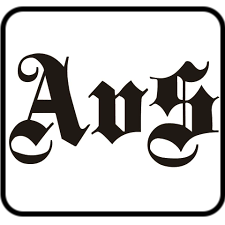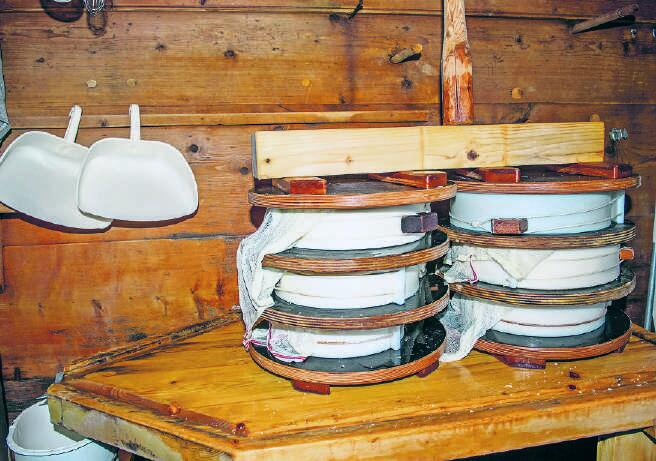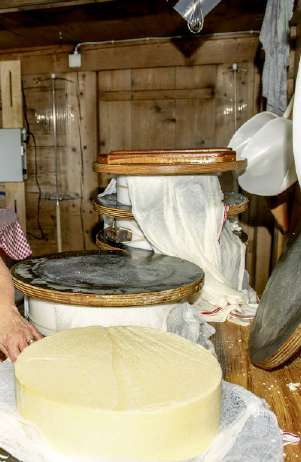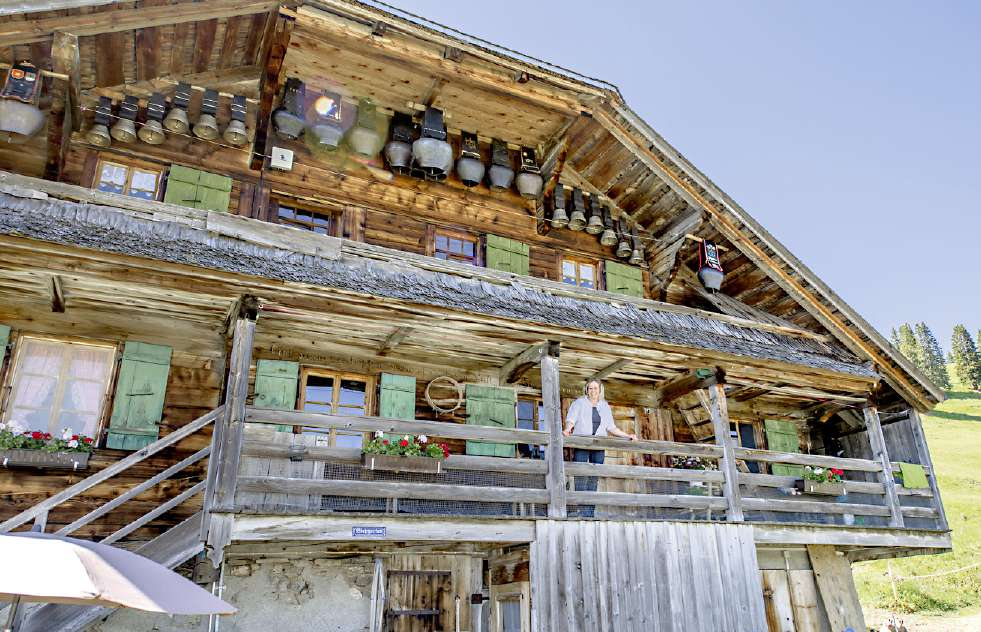Stronger together
12.08.2020 ProfileFarming and agriculture are an integral part of the culture, economy and tradition of the Saanenland. Patricia von Grünigen, secretary of the Landwirtschaftliche Vereinigung Saanenland (farming association) lives in Gstaad with her husband and four children. She met with GstaadLife to discuss the role of alpine farming past, present and future.
You are secretary of the Landwirtschaftliche Vereinigung Saanenland – please tell me about the association and your role.
The Landwirtschaftliche Vereinigung Saanenland aims to promote cooperation between the different farming organisations in the Saanenland. We also work closely in partnership with the local municipalities and the Gstaad Saanenland Tourismus organisation. Such close cooperation is essential for our common goal of doing the best for the region.
The farming association is very active: we implement exhibitions and events and organise courses on topics like animal welfare and caring for the alpine landscape. We also work very closely together to bring the highest quality products and services to the market.
There are ten committee members in the association. I have served as secretary for the past 18 months. It felt natural to volunteer for this role; I come from a farming background and wanted to contribute to the farming community.
There are many different types of farms across the region. How we run our organisations may differ, but in one regard we are the same: we know that together we are stronger. We are a team.
When people think of alpine farming, they imagine beautiful cows, idyllic pastures, mountain huts, blue skies and sunshine – what is the real picture?
(Smiling) Yes, it’s real ‘Heidi country’, isn’t it. It’s true that we work in very beautiful surroundings. But it’s hard, physical labour and absolutely non-stop. We’re on the go from the moment we get up in the morning until we go to sleep at night.
We’ve had lots of visitors come and stay on the farm. They are eager to get involved, to help out and learn what we do. We enjoy having them with us and it is fun to give them a real view of alpine farming. But after three weeks they’re exhausted and are happy to go home.
If you love this work it offers a fantastic life. But to do this job you have to love nature and love working with animals. If you don’t like being outside, if you don’t like getting stinky and if you want perfect finger nails, this is not the job for you!
It sounds like you are on the go all the time. Are you able to take time off?
It involves some organisation, but yes we do go on holiday. Of course we do still think about the farm when we’re away – I’m sure this is true for any business owner – but it’s great to get a break from time to time. It’s how you get energy back in your tanks.
Farming and the natural landscape are key elements of the Saanenland destination – how do you see the relationship between farming and tourism?
Farming needs tourism and tourism needs farming. In my opinion our relationship is closely intertwined. It is critical that we work together hand in hand because we are both dependent on the other.
We are so happy when tourists visit our region because it is an opportunity to show them all that we have to offer. We get a real sense of joy at sharing our products – our meats, cheeses, butter, yoghurts and milk
– and I find it so wonderful when we get asked about the origin of our products.
Tourists want and expect to see a stunning landscape – rolling fields and green alpine pastures. The farming community understands this and works hard to maintain and care for the land. We prevent it from getting overgrown, remove the weeds, organise where the animals graze and take care of the manure.
While it’s our job as farmers to look after the land, we need and are grateful for the support we get from locals and visitors.
How can tourists help?
I would say there are three main areas.
We understand hikers like to explore the natural landscape. We are happy for them to do this and fence off hiking trails to keep them safe and to warn about the presence of animals. However, we do ask that people shut gates behind them so the animals can’t wander off.
There are water troughs and fountains dotted over the landscape which the cows drink from. It’s fine for dogs to drink from them too, but please don’t use them as dog baths. It’s not pleasant for the cows.
Finally, it’s really important to pick up your rubbish and take it away with you. Not only does this keep the landscape clean, but it helps us to keep the animals safe. They are liable to eat items they see left on the ground, which can make them sick.
Please describe a typical day.
I divide the year in two – I have a very different timetable in the summer to the winter.
In the summer it’s full-on farming; we go into the Alps and work there together as a family. It’s nonstop from the moment we get up to when we go to sleep at night. I love it. First we check on the animals and take care of the milking – in the summer our cows stay in the Alps and get milked there. Then we work on our cheese production. In the afternoons we’re out in the meadow cutting grass and haymaking, then in the evenings we’re back in the stable taking care of the animals and checking on the cheeses.
But in the winter my main focus is on our family. I only work on the farm if my husband needs my help or if I have to cover for his absence. Alongside this I work in the office of the farming association, for Hefti Holz AG and the dairy at Schönried.
Do you find the work stressful?
To me there are two types of stress – of the mind and body.
When we go up into the Alps we have to work very hard, but I think the stress of physical labour is easier to handle than the stress of the mind. I get a sense of peace when we stay up in the Alps; we have no TV or mobile phone coverage – it’s fantastic.
It’s when I’m down in the valley that I feel the stress. You have to go here, go there, do this, do that … In fact, one of the positive impacts of coronavirus was that life felt timeless. We of course had to continue looking after the animals, but there were no appointments. It was so peaceful. And sometimes we all need a bit of peace.
I imagine technology continues to change farming?
Machinery and technology are very commonplace in farming today. We have modern milking parlours. Grass gets cut by machine and we use hay balers. We use steam in the production of cheese. We even have milking machines on the Alps. All this is now normal.
Further advancements continue to come – for instance, robotic milking systems where the cows decide when they want to get milked – and I’m sure this trend will continue.
How do you see the future of farming?
(Smiling) This is a difficult question that requires a careful response.
Above all else, I hope that the joy for farming continues. This is absolutely essential. It is physically demanding work that requires a high dose of commitment. It’s not a job you can do because you ‘have’ to.
It would be wonderful if one or more of our children decided to carry the farming tradition forward. But if they don’t want to, we won’t force them. This is true of other farming families that we know. But there are lots of young people today in the Saanenland who want to get into farming even though they don’t have this family background. This is great news.
It’s our responsibility to serve as role models to the next generation – to encourage young people into farming. It’s up to us to show them not just the work we do, but also the joy we get from it.
How do you sum up farming in the Saanenland?
Last year I had a glorious experience. I was coming down from the Alps in the evening; the setting sun gave such a beautiful view over Saanen and Schönried. It was so green, so beautiful. That doesn’t come from nothing. It made me very proud of all we achieve together in the farming community. It’s a wonderful life.
ANNA CHARLES







